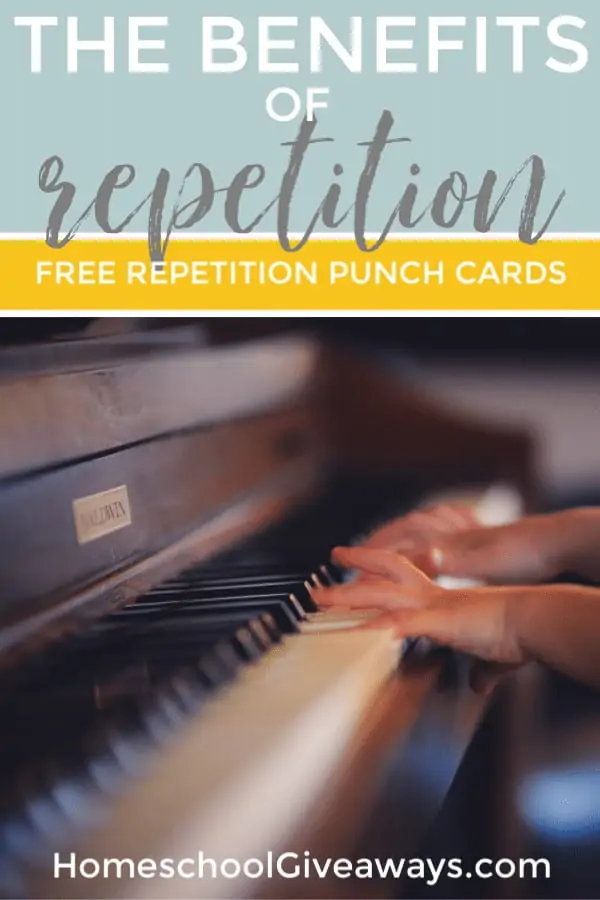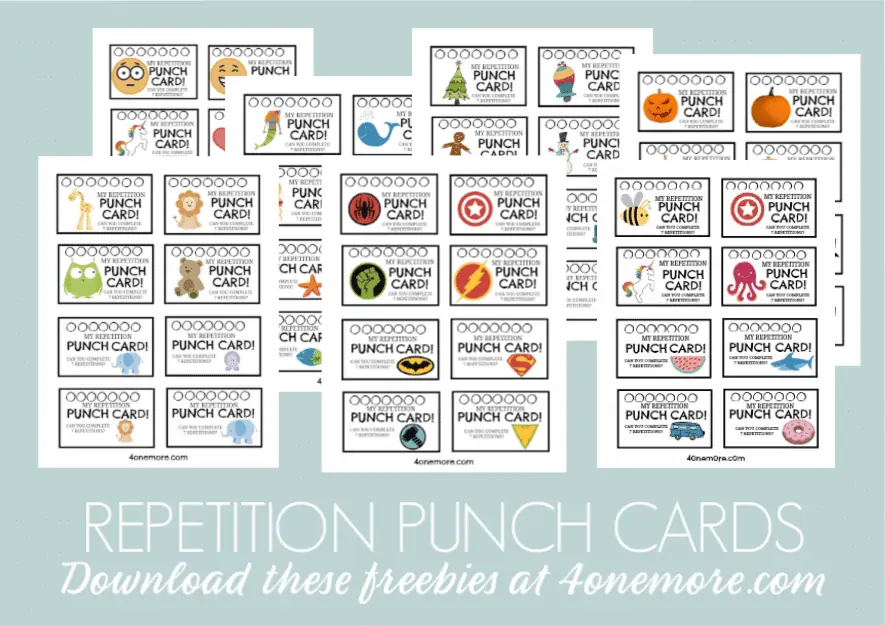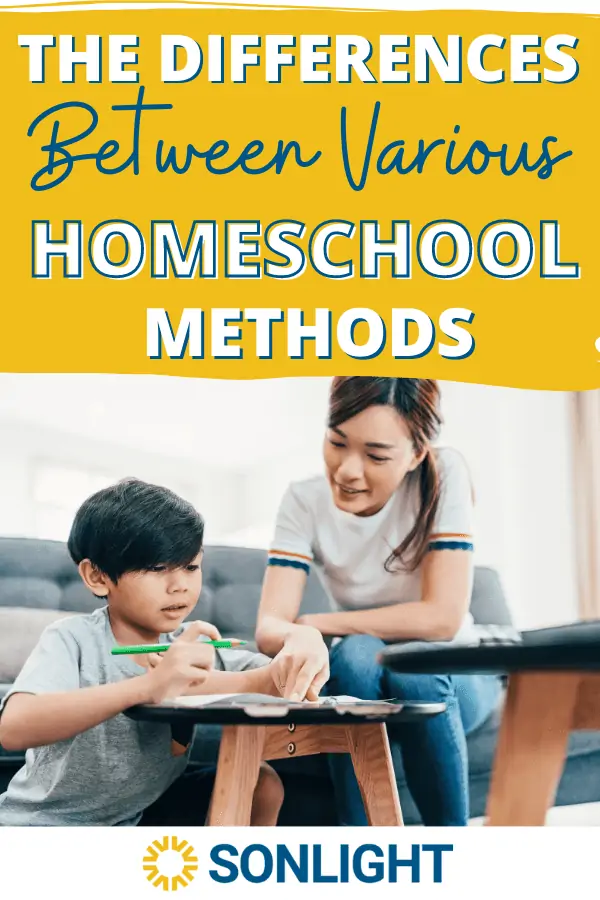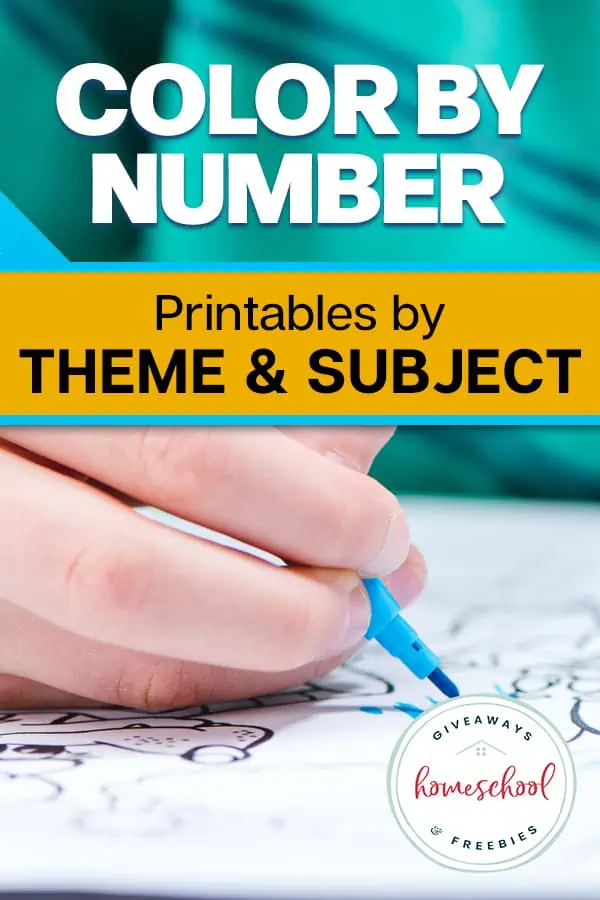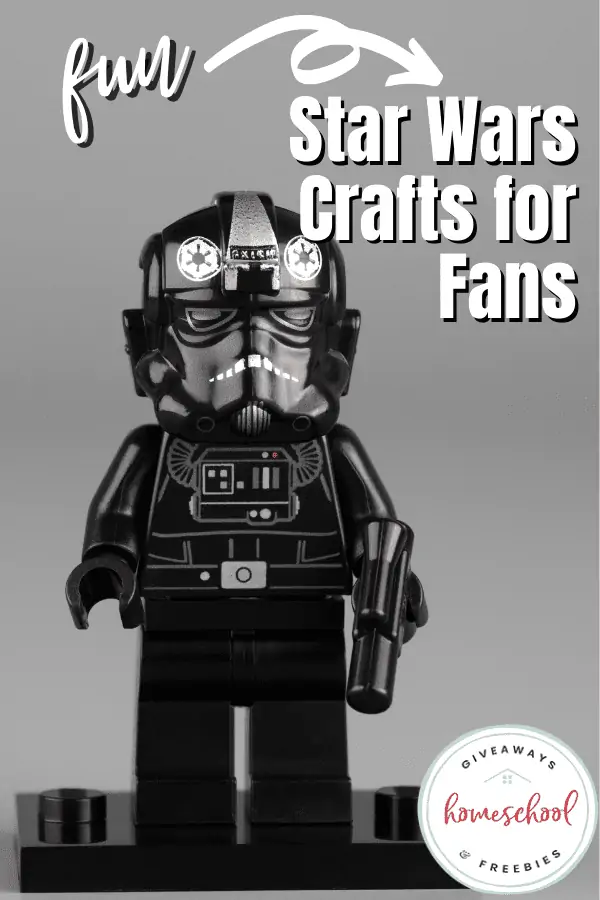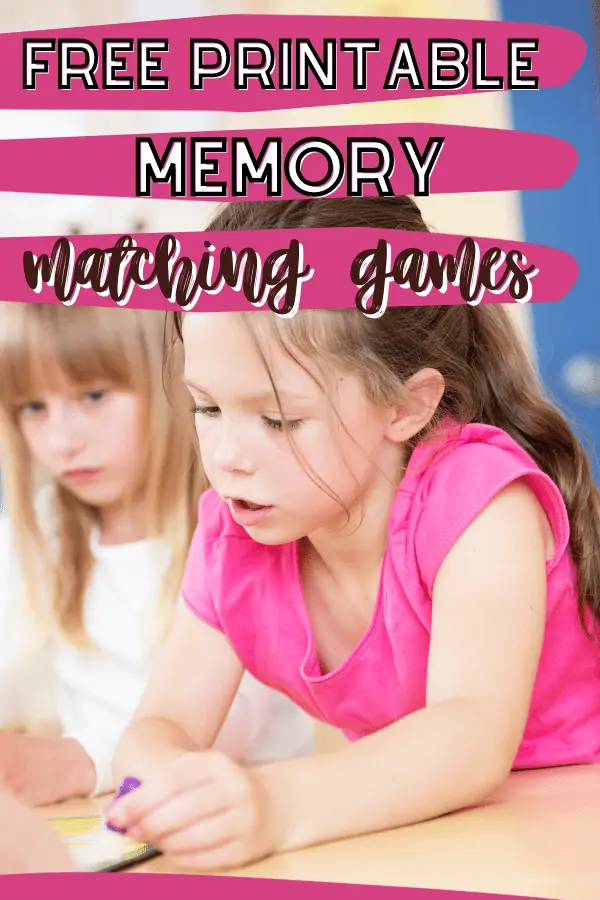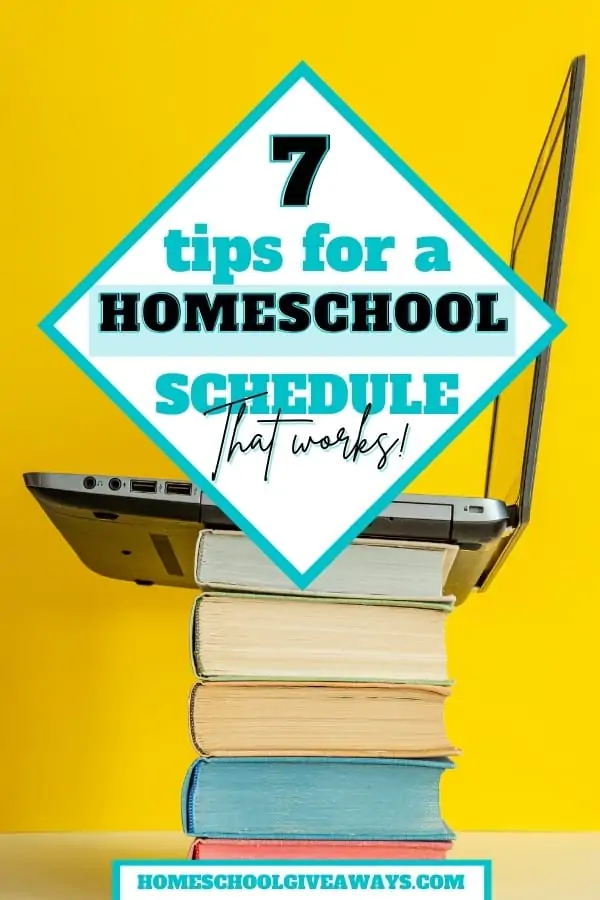The Benefits of Repetition + Repetition Punch Cards FREEBIE
Published:
September 23, 2019

Contributor:
Abby Banks
Disclosure: This post may contain affiliate links, meaning if you decide to make a purchase via my links, I may earn a commission at no additional cost to you. See my disclosure for more info.
Kids naturally love repetition! Think about all the times your youngest ones ask you to read and re-read the same book over and over and over. This is a good thing because repetition aids learning. Let’s chat about the building blocks of learning and how you can encourage beneficial repetition with your kids.
How does learning take place?
As you learn new things, your brain creates new neural connections. As these connections are re-used frequently, the task becomes automatic and you expend less energy to complete the task.
This is where dyslexics can struggle. Certain processes may be automatic to most people their age, but the dyslexic child has to expend large amounts of energy on the task that hasn’t moved to the subconscious level yet. So, for example, if a dyslexic student is trying to write an essay and also spell each word correctly, he will have a very hard time doing both tasks well, because the spelling is not automatic enough for him. It is still exhausting to try to remember spelling rules while also creating an essay.
What is repetition?
Repetition is a building block for the brain as it develops new neural connections.
Think of it like walking through a field of tall grass. The first time you walk through the field, you make it, but with a bit of effort as you trample down the grass to make a path. The next time you walk through that field, you can see where you previously walked, so it’s easier to follow the same path. Then, the more you take the same path (repeat the same task), you start to see a worn path emerge in the grassy field. It’s familiar to you now.
In the same way, repetition builds learning and turns the skills into automatic connections, which require less effort and energy in the future. In other words, it moves the task from the conscious to the subconscious.
Think also of how strenuous math is when your times tables are not automatic. Conversely, when you know your math facts like the back of your hand, the speed at which you can complete math equations greatly increases. Repetition helps the learned skill become easier over time.
What are the benefits of repetition?
There are so many benefits! But here are just a handful:
- strengthens the connections in the brain that help children learn
- creates opportunities to practice a skill that leads to mastery
- provides opportunity for self-discipline
- makes tasks easier over time
- leads to confidence because of repeated success
Fun ways to use repetition in your homeschool
Repetition punch cards make learning fun! These cards provide motivation to your learners, especially if there’s a prize attached to it (think: donut date, movie night or money to spend at a yard sale!)
Download some pretty cute themed punch cards from the link below, then hole punch one circle for every completed repetition.
What can you use them for?
There are so many ideas! Here are a few:
- math facts
- books read
- make your bed
- chores done
- school work done
- practice instrument
- daily reading time
- clean up your room
- completing work with a good attitude
What about using them as daily homeschool task cards? You can list out 7 daily assignments and your child can complete a day of school when all the holes are punched.
You can find a punch card theme for nearly everyone in your homeschool – including super hero, under the sea, cute animals, and holidays!
How will you use your punch cards to make repetition fun in your homeschool?
Find out more and get your free download at 4onemore.com

